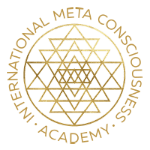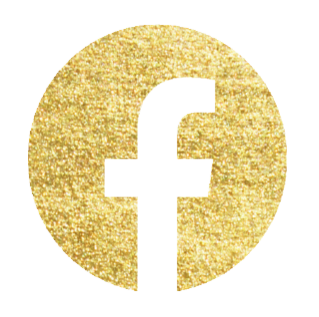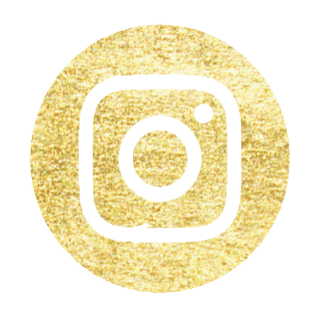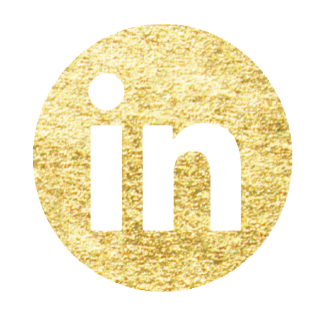Eczema - The Call to Connection
As many as one in ten of us will have eczema at some point. It tends to be dismissed, as it’s low down on the causes for concern.
NHS describes it thus:
“Atopic eczema (atopic dermatitis) is the most common form of eczema, a condition that causes the skin to become itchy, dry and cracked.
Atopic eczema is more common in children, often developing before their first birthday. But it may also develop for the first time in adults.
It’s usually a long-term (chronic) condition, although it can improve significantly, or even clear completely, in some children as they get older.
Symptoms of atopic eczema
Atopic eczema causes the skin to become itchy, dry, cracked and sore.
Some people only have small patches of dry skin, but others may experience widespread inflamed skin all over the body.” — NHS website
Sufferers tend to downplay the condition. They slap on the steroid creams daily, praying for relief. They feel dirty, ashamed, despairing. After all, it’s incurable.
Eczema – brings much unspoken misery.
Dressing is painful.
Bathing is horrid, but feels more necessary than ever.
Sight and touch of inflamed skin brings, for many, a huge sense of shame. They hide the bleeding tracks of long nights of scratching.
It can feel like it’s all their fault. If they could only resist the urge to scratch, their skin would heal. Guilt joins the party.
It’s not life-threatening, but it can be a lifetime of pain and suffering, after all our skin is our largest organ of our body.
Chronic re-triggering – managing the symptoms
Like all chronic conditions, this dis-ease is an indication of trauma that’s being continually re- triggered.
Over the counter treatments do offer relief. Steroids reduce the soreness of inflammation. Medics advise symptom management; with some hope that children at least may ‘grow out of’ the condition.
Meta Consciousness gives us more
Let’s take a look at what’s happening from this broader perspective, knowing that the body is attempting to resolve trauma, to bring us back into balance.
First, we look at the brain relay(s) involved
In its simplest form, eczema is triggered by the cortex and its symptoms appear in the epidermis.
Our skin is the ultimate barrier and connector. It is the interface between our inner and outer worlds. The epidermis is the outermost layer of that interface skin. In Latin, the prefix “epi-” means “upon” or “over.” So the epidermis is the layer upon the dermis (the dermis is the second layer of skin). Made of dead skin cells, the epidermis is waterproof and serves as a protective wrap for the underlying skin layers and the rest of the body. It contains melanin, which protects against the sun’s harmful rays and also gives skin its colour. When you are in the sun, the melanin builds up to increase its protective properties, which also causes the skin to darken. The epidermis also contains very sensitive cells called touch receptors that give the brain a variety of information about the environment the body is in.
Therefore conflicts of wanting to connect or touch or not wanting to connect or touch are being expressed.
The separation may be forced by legislation. It may be to do with the touch of physical materials, masks, gloves, chemicals etc on the skin, or the emotional, felt nearness or distance of others. It may be a sense of separation with self.
The skin on the inside of joints and limbs – inner elbows and knees, for example, will be triggered if distressed by an unwanted separation. The skin signals a desire to hold someone/thing close, to cling to a sense of nearness.
Skin on the outside represents a wanted separation – a desire to repel unwanted closeness.
When the whole body is affected — exanthema —the separation is a sense of the whole of self being in conflict with wanted or unwanted closeness or connection.
I worked with a client whose whole body was inflamed apart from the most visible parts – face, hands and feet. She felt utterly separated from her true self, forced into a working role and environment that was a source of continual abrasive disconnection.
Why were the visible body parts not triggered? She had to hide her true feelings so that she could continue to conduct her work for the sake of financial security. From time to time she had flare ups around her eyes, that made her appear to be wearing a mask…
Eczema in two phases
In the first phase, the trauma or its triggers have launched stress mode – super-human functioning. The skin cells’ primal ‘thinking’ is, Separation (wanted or unwanted) is painful. I need to numb the pain.
The skin thins, to numb us out, so we do not feel the pain.
It is generally paler and mostly un-symptomatic during this stage. Ulceration results in flakiness, dryness, lowered sensitivity and cold, however many do not feel or notice this part of the process.
When the stress phase ends, with a degree of relief from separation distress, the body shifts into restoration phase.
The skin needs to thicken once more. It becomes inflamed, swollen and itchy.
As with most dis-ease programmes, the main symptoms occur in second phase. A client of mine was most distressed to find that when she returned home from working trips abroad, her daughter’s eczema flared up. She thought she was ‘making her daughter ill’. Burning skin meant she couldn’t give her daughter a hug.
In fact, it was the exact opposite. Her daughter’s skin was in restoration phase when her mother returned. The unwanted separation was over.
Why doesn’t it heal?
As with other chronic dis-eases looping in restoration phase continuously, the programme attempts to complete its restoration, but the conflict is reactivated part way through this second phase.
This throws the switch back into stress phase. The cycle begins again. And again. As in the example above, the woman made repeated trips away. Her daughter’s eczema was triggered each time.
This is known as a hanging healing because the re-triggering happens part way through the second, or ‘healing’ phase. The painful, red, itchy, swollen skin has erupted, restoration is underway… and a trigger sets the whole programme off once more.
For many clients, the separation conflicts are encountered daily. From loss of connection with a loved one to wanting to separate from a family member or a boss. Daily exposure keeps the programme looping.
Reacting to the symptoms may compound the cycle. Feelings of shame and embarrassment are common. Many have additional conflicts of isolation and abandonment. They feel unloved and unlovable. This brings the Kidney Collecting Tubules (KCT) on line. This results in more swelling. More pain. More sense of shame and isolation… and so it continues.
The steroids or corticoid alleviate symptoms by taking the body back into stress phase. They don’t ‘heal’ the condition. They simply make symptoms more manageable, however they are also thinning the skin, which in turn makes our body endeavour to heal itself, so when the steroids are stopped the condition could in fact become worse.
Why does it affect particular parts of the body?
The body-mind is specific in its wild-animal logic. Eczema on the left cheek for a right dominant person would be likely triggered by wanting or not wanting to be kissed or touched kindly by a mother-figure, child or nurturer.
Eczema on the inside of the hands suggests they may want to hang on to or let go of someone or something important. Questions about the meaning of the affected part of the body in relation to separation must be tailored to the individual’s primal meaning.
‘Allergic contact dermatitis’ or ‘contact eczema’ are labels given to rashes occurring on the hands and fingers. They are likely to be re-triggered by touching something the body has linked to a trauma or trigger: a specific food, an item of clothing, animal fur etc. This element will have been present in some form when the originating separation trauma occurred and the body has linked the two.
Another form of eczema is known as dyshidrosis or dyshidrotic eczema. These small blisters on hands or feet can form on the soles or palms, or on the edges of fingers and toes. They indicate a desire to separate, or to avoid separation from something or someone the primal brain associates with this part of the body.
Exploring whether separation conflicts around ‘dipping one’s toes in’, ‘hanging on by fingertips’, slapping, or clapping with the palm of the hand, ‘feet planted on the ground’, are some possible starting points.
Why does this affect children most commonly?
Separation from skin to skin contact is a literal and likely source of trauma for newborns and young children.
At this vulnerable time, touch is essential for bonding. Being held reassures a child: she is safe and she is loved. The primal brain can’t rationalise being placed in the incubator, or left alone in its cot. What does a newborn understand when he cries and nobody comes to cuddles him?
For many children, as they become consciously aware, many of the unfathomable conflicts of their early days resolve. Perceiving their connection, safe after all, they relax into loving, supportive relationships. Early traumas release. Skin heals.
Eczema calls us to connection
Whatever the cause, or age, eczema is the body’s call to clear our connections, with self and others. Soothing the felt sense of or need for separation requires reconnection on internal and external levels.
Reassurance, safety, loving understanding pours healing to those troubled cells.
Love is, as always, the ultimate balm.





